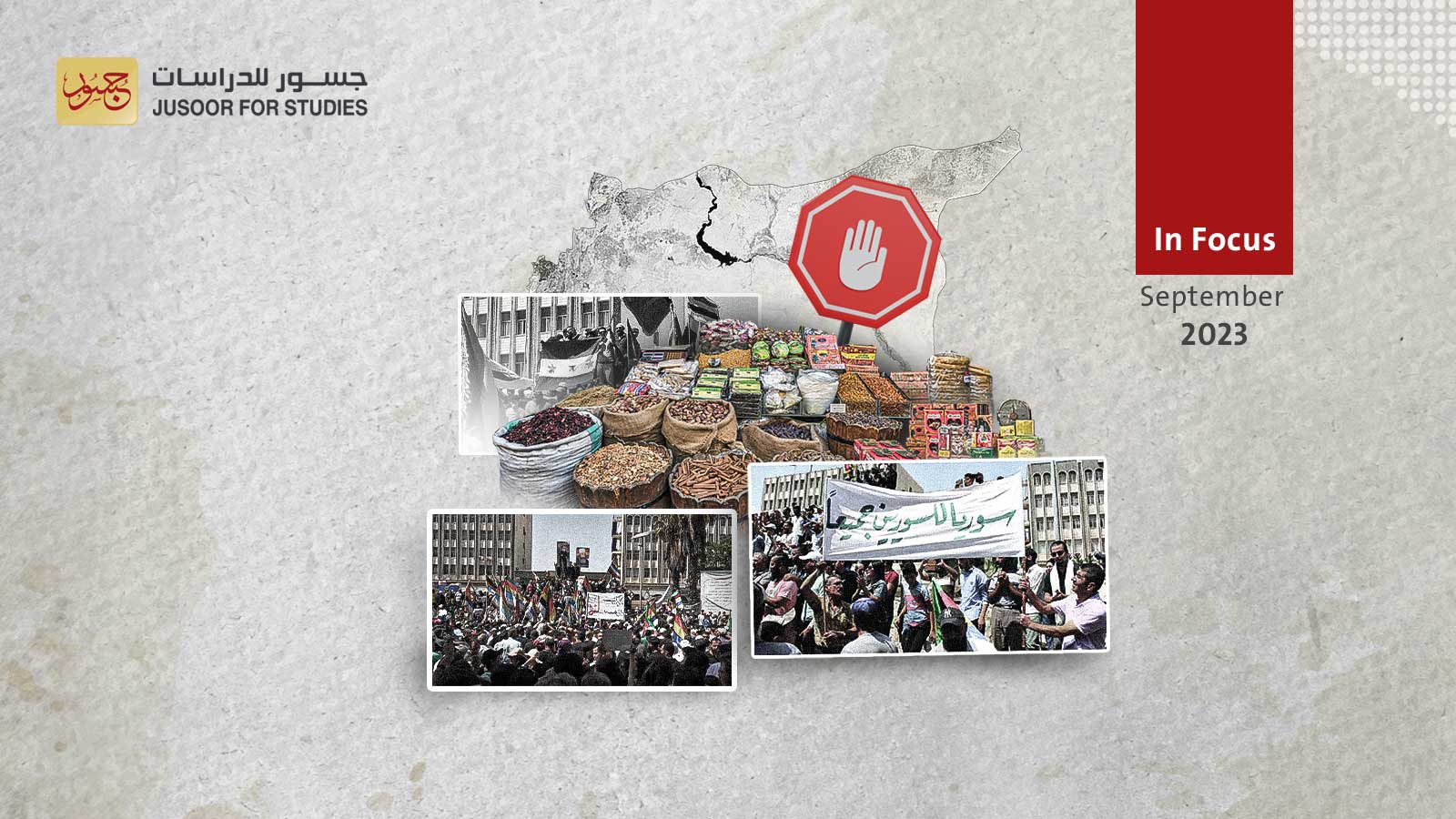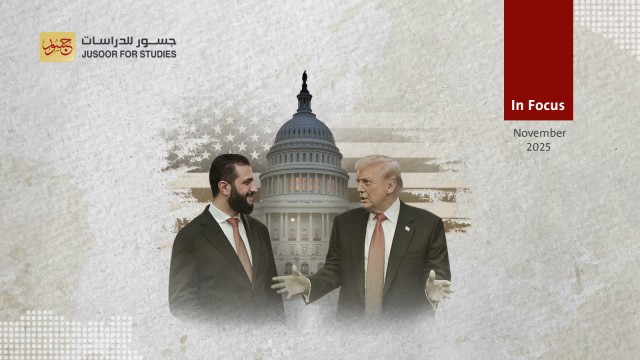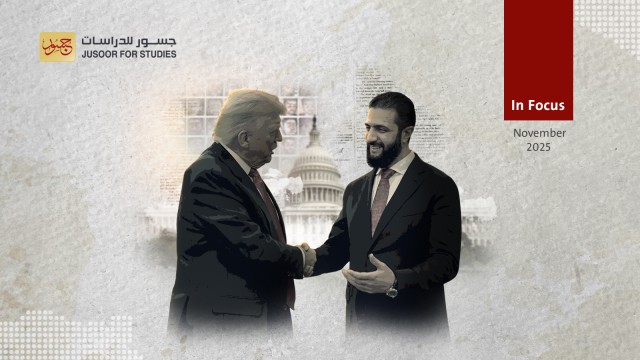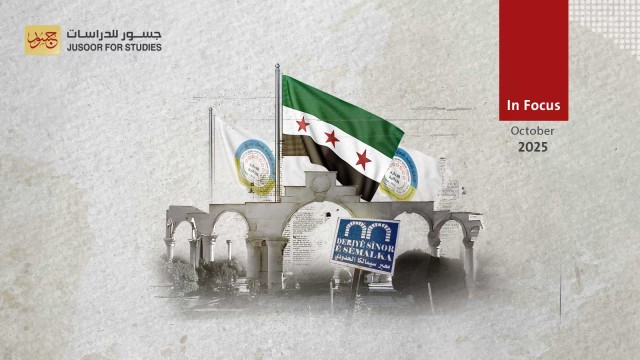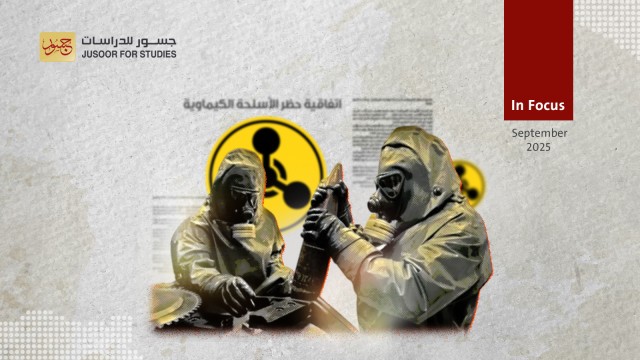Implications of Subsidy Cuts in Syrian Regime Areas Amid Protests
It's been nearly two months since the protests in the As-Suwayda governorate began. This unrest was mirrored by demonstrations sprouting across areas under Syrian regime control, notably in the coastal cities. The primary catalyst propelling people to take to the streets is the stark deterioration in living standards. This is in stark contrast to the regime officials' repeated proclamations of having resolved the country's political and economic crises.
Meanwhile, there hasn't been a notable response from the regime's government to the economic demands of the protests. On the contrary, it has persisted in its policy of lifting subsidies, especially on agricultural essentials that form the backbone of the current production process in As-Suwayda and the coastal areas.
For instance, the prices of urea fertilizer were recently raised under the pretext of its unavailability, despite the fact that its production plant in rural Homs is operating at peak capacity. Similarly, there are plans to reduce subsidies on potato seeds. Moreover, most farmers have not received the necessary fuels for agricultural work at the subsidized rate, with hopes that they might receive them in the upcoming November. Additionally, there has been a noticeable increase in the prices of poultry and livestock feed over the last two months.
These measures come amidst the continued inability of the regime's government to provide alternatives for destroyed homes or effective assistance to those affected by the earthquake that struck the country in February 2023. This is in spite of the abundant aid that has reached areas under its control. Most of the internally displaced persons currently reside in public shelters or rented houses, with promises of constructing residential towers to compensate the affected.
- Thus, it doesn't appear that the regime's government has given any significance to the protests, objections, and rising voices in recent months. On the contrary, it continues with its policy of removing subsidies. This presents several implications, the most notable being: The regime's diminished control over many institutions: While a plethora of production entities still fall under public designation in theory, contracts inked with nations like Iran or Russia substantially curtail the regime's grip on these establishments. For example, the fertilizer factory in Homs is under the sway of a Russian firm which determines its pricing. Likewise, the fertilizer open market is dominated by Iranian traders.
- Inability to Meet Demands: The regime constantly endeavours to project an image of resilience in the face of crises, asserting its ongoing control over state institutions. However, when tested against medium to large-scale crises, such as the earthquake that struck Syria and the recurrent fires in the Syrian coast, its actual proficiency is brought into question. The regime's capacity to restore some of the essential, destroyed infrastructure vital for the residents in its territories underscores a diminishing capability within its governmental bodies to execute their fundamental roles.
- Stubborn Stance on Non-Concession: The regime persistently frames any domestic protest as a product of "external influences", categorically dismissing any genuine or justified grievances. As a result, it views addressing any demand or providing any form of aid as a sign of its own weakness, fearing that such actions might pave the way for further concessions.
- Leveraging Economic Distress to Solicit Aid: The regime attempts to portray the country as being on the brink of collapse, positioning itself as the sole savior provided it receives adequate support. In return, it seeks and aspires financial assistance.
Consequently, it is not anticipated that the regime’s government will initiate any reformative measures in the economic sector in the near future, at the very least, such as increasing support for essential goods or announcing projects that would benefit the protestors.

